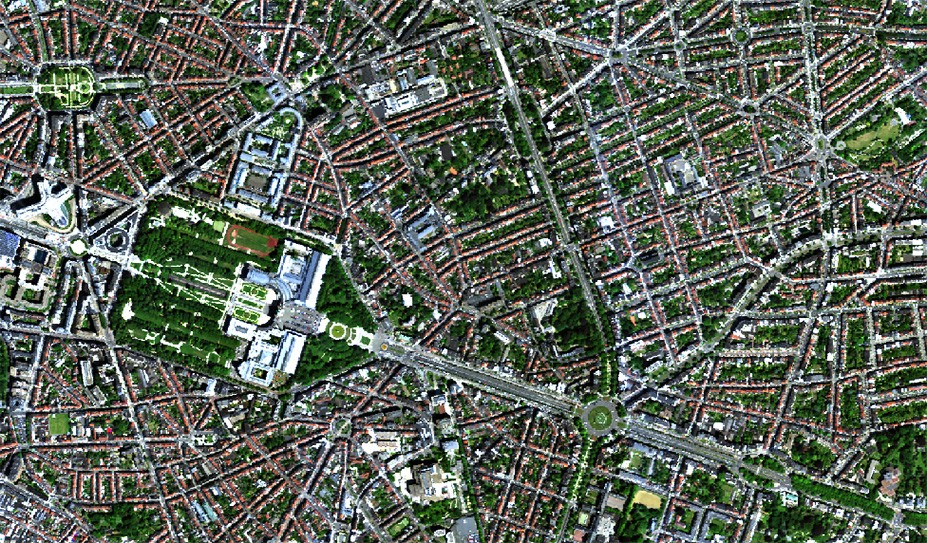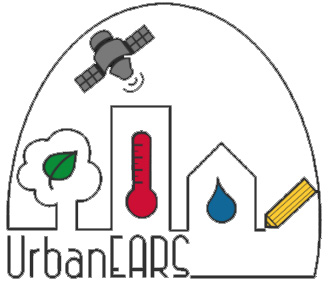Published on 13 December 2018
All city dwelleres will agree: trees in the city offer many benefits: they e.g. reduce air pollution, and provide cooling through respiration and shade.
When trees become unhealthy, these benefits decline, and disease-ridden, unstable trees can even become dangerous to people.
However, the traditional field inventories to check on the trees are labour-intensive and expensive.
As part of the STEREO-financed URBANEARS project, researchers of KULeuven have developed a fast, cost-effective and objective method to map, evaluate and monitor the health of urban trees.
The researchers combined images from two specialized sensors mounted in airplanes to evaluate foliage density and leaf colour of individual trees in Brussels:
- LiDAR (Light Detection and Ranging) data to detect and delineate individual trees. LiDAR data consists of very accurate distance measurements between the airplane and objects on the ground, generating a detailed 3D representation of the city.
-
Hyperspectral data to determine the density and health of the trees’ leaves. ‘Hyperspectral’ means that the wavelength pattern of light reflected from objects is measured in very high resolution. Each object reflects different parts of the light’s spectrum depending on its properties like colour, chemical components and structure. As trees suffering from a disease or environmental stress become less green and have less leaves (showing more of the surface below), these data allow to distinguish healthy from unhealthy trees.

Hyperspectral image (red-green-blue) of the Cinquantenaire Park in Brussels. The hyperspectral data displayed are part of the BelAIR Sonia site, flown in the summer of 2015 with the APEX sensor.
“This airborne mapping of tree health represents a huge extension to the currently implemented, labour-intensive field inventories and could thus greatly benefit urban green managers”, says Jeroen Degerickx, the lead-author of this study. “Remote sensing definitely holds great potential for research regarding urban tree health. Unlike field inventories, the information extracted from remote sensing data is more objective, quantitative, covers a large and continuous area at once and can be easily replicated through time (e.g. on a yearly basis)”, he adds.
Trees in urban areas suffer from all kinds of different stress factors which are not or much less present in natural environments. Soil and air pollution result in urban trees ingesting high quantities of heavy metals and other harmful substances. Trees along roads are often damaged by the excessive amounts of salt that are dispersed in winter to keep roads ice-free. Soils in urban environments are often very shallow (e.g. due to the presence of underlying structures) and trees are frequently planted in very confined spaces. Both of these factors are limiting space for roots to grow and hence increase the risk of water and nutrient stress.
“Given the elevated occurrence of stress factors in urban environments, in combination with the clear implications of tree health on the functioning and stability of urban ecosystems and on the quality of life of its inhabitants, I would say that urban tree health in general is or should be an important issue to be considered in any city and any country across the globe”, Degerickx says.
There are plans to implement the new method in public monitoring schemes in the near future. “We are already in contact with the urban green management team of Brussels and the overarching organisation for public green in Flanders (VVOG), which both clearly expressed their interest in our research, indicating that urban tree health indeed is a pressing issue”, states Degerickx. The team organises a workshop in late January 2019 to reach out to potential users.
 Contact: Jeroen Degerickx
Contact: Jeroen Degerickx
Division of Forest, Nature & Landscape - KU Leuven

